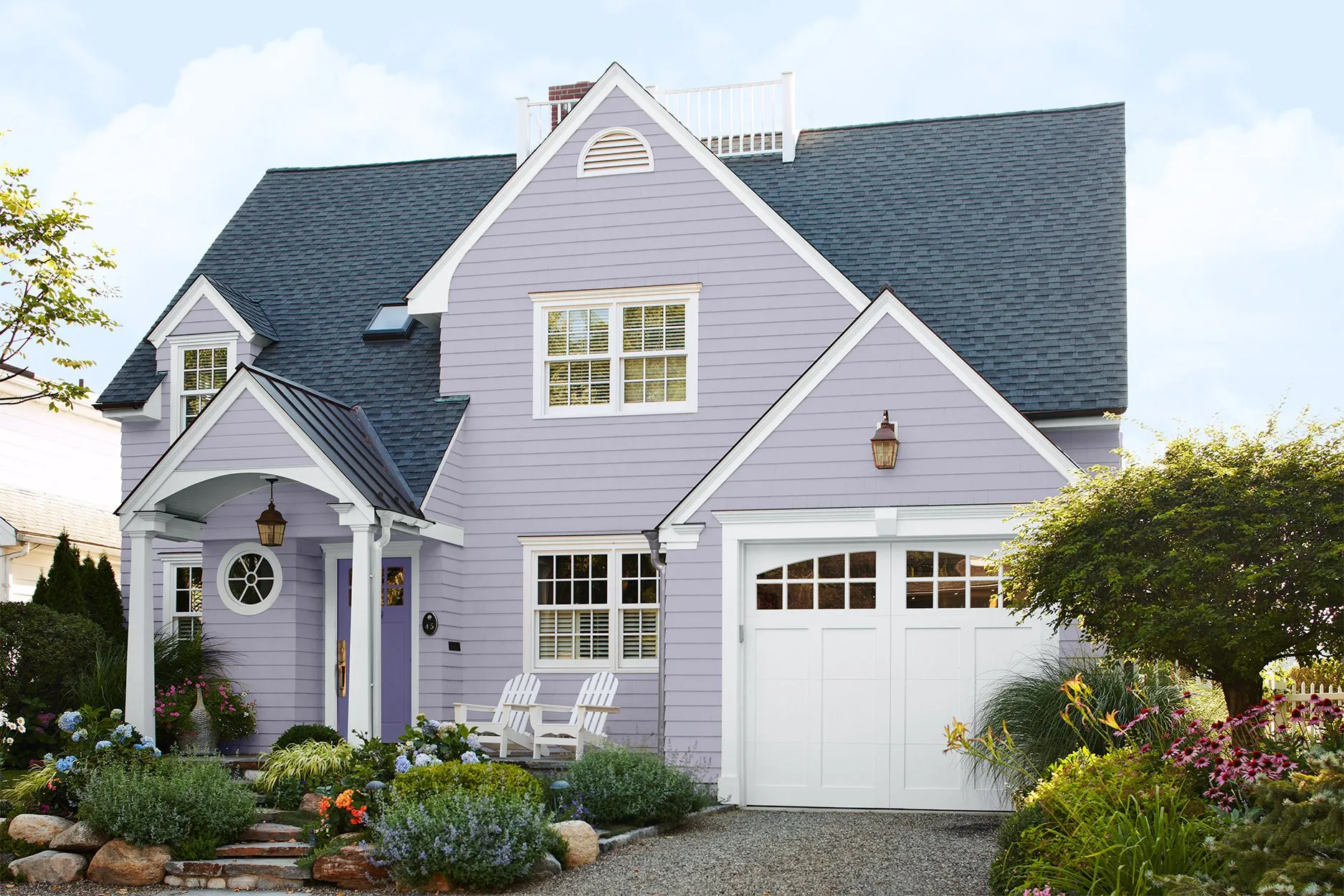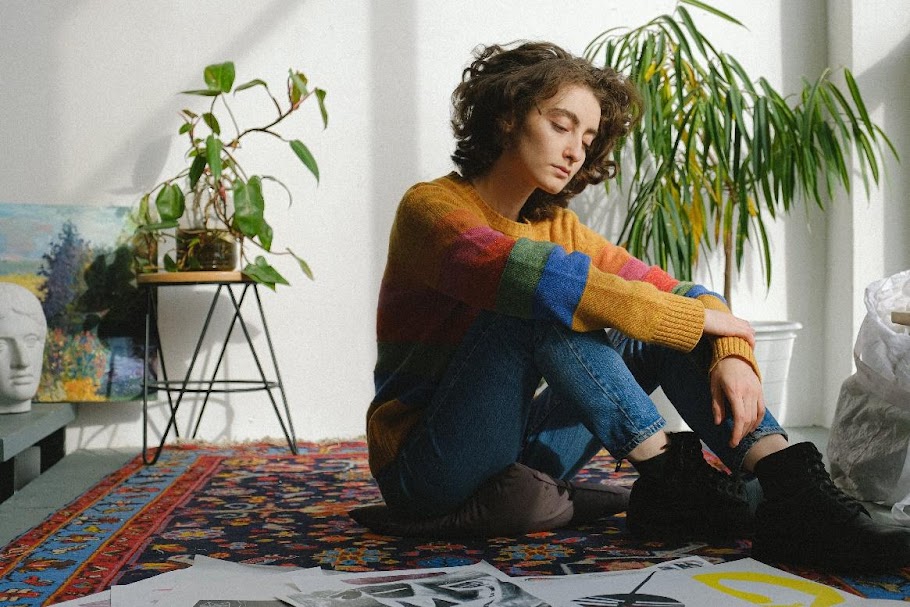Are you planning a house siding installation and looking for the perfect color to enhance your home’s curb appeal? Choosing the right hue can elevate your home’s curb appeal, reflect your style, and boost the property’s market value. Here are the essential factors to consider when picking a siding color for your home.
1. Home Architecture
Different architectural styles often have recommended color palettes that best showcase their unique features. For example, Victorian homes typically look stunning with a darker, more vibrant hue. On the other hand, a modern minimalist home may benefit from a more subtle, neutral color scheme. Check your home’s architectural elements and research color options that enhance its style.
2. Neighborhood Style and Guidelines
While you want your home to stand out, ensuring it blends harmoniously with the surrounding houses is also essential. Drive around your neighborhood and observe the color schemes nearby homes use. While you don’t have to conform entirely to these shades, keep them in mind to create a cohesive look.
Additionally, some neighborhoods may have strict guidelines or restrictions concerning siding colors. Familiarize yourself with the applicable rules.
3. Roof
Your roof is a significant part of your property, and finding a complementary siding color can enhance its overall appeal. For instance, opting for a lighter siding hue can create an elegant contrast if you have a dark roof. Meanwhile, a light-colored roof may pair well with darker siding shades for a dramatic effect. Matching the hues of your home’s exterior elements will ensure a harmonious and balanced look.
4. Trim and Accents
Consider the trim and accents on your home when selecting a color for your house siding installation. These elements, such as window frames, doors, and shutters, can blend in with the siding or serve as complementary accents. Choosing a contrasting trim shade can highlight architectural details, while selecting one that closely matches the siding creates a more cohesive look.
5. James Hardie Color Tool
James Hardie offers a helpful Color Tool to assist homeowners in choosing palettes for their property’s structures. This tool allows you to experiment with different siding colors to visualize how they would appear in your home. You can upload an image of your house or pick from a selection of preset home styles. The Color Tool lets you try different siding, trim, and roof hues.
6. Lighting
Lighting significantly affects how colors appear. What may look perfect during the daytime may appear entirely different at night or on cloudy days.
Test your potential siding colors under different lighting conditions to ensure you make the right choice. Apply swatches of the preferred palettes on different sides of your house and observe how they look at various times of the day.
7. Landscape
Trees, plants, and flowers contribute to your property’s overall look. A color that complements the environment can create a harmonious and visually pleasing aesthetic. Pick a siding color that blends well with the natural surroundings if you have a lush green backyard. But if your landscape features bold and vibrant colors, consider opting for a more neutral shade to balance the overall appearance.
8. Psychological Impact
Colors can evoke certain emotions and moods. Earthy tones like beige or brown can create a warm and inviting atmosphere. Vibrant hues like red or blue can add energy and excitement if you want to make a bold statement. Understanding the psychological impact of colors helps you select a siding color that aligns with your desired ambiance.
9. Consider Future Maintenance and Fading
Some colors may require more frequent cleaning and upkeep to maintain their vibrancy. Additionally, certain hues, especially dark shades, are more prone to fading over time if exposed to direct sunlight. Opt for high-quality siding materials with UV protection if you’re leaning toward a dark color.
Also, consider the level of maintenance you are willing to undertake. Light colors show dirt and stains more readily than dark ones.
10. Personal Preference
When choosing a siding color, the most critical aspect is picking something you love. Your home reflects your personality and style, so select a color that resonates with you.
Look for inspiration in magazines, online galleries, or your favorite places. Gather color swatches, physically or digitally, and spend time comparing and visualizing how each palette would transform your home’s aesthetics. Select a color that brings you joy and speaks to your unique taste.
Key Takeaway
A house siding installation is a significant investment. Picking the right color for your home’s exterior is crucial to ensure you love the results. Take the time to find a hue that brings out the true beauty of your property and leaves a lasting impression.





